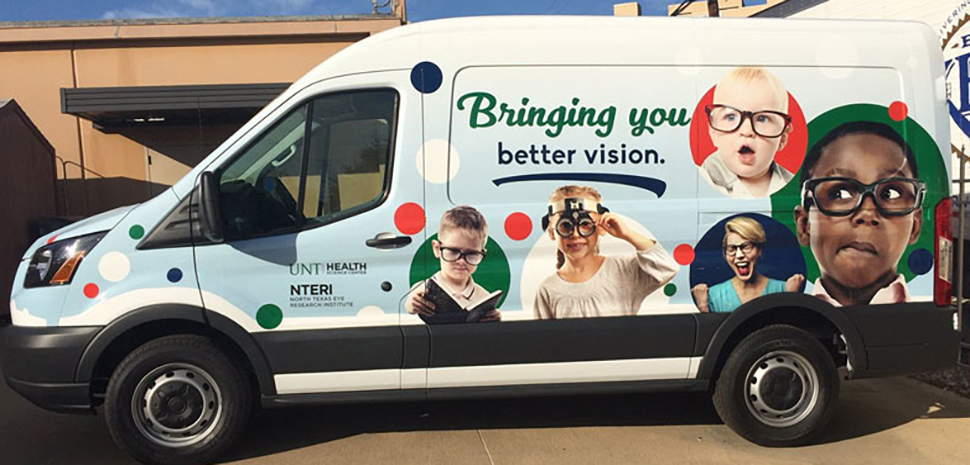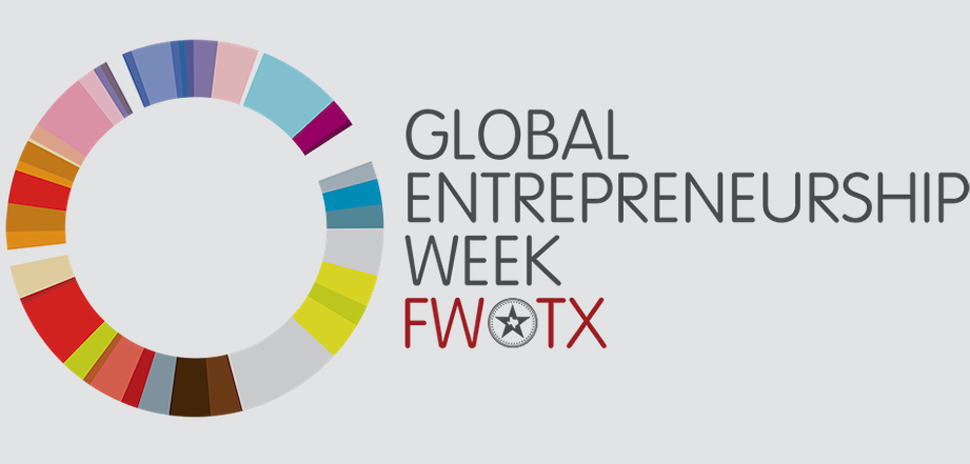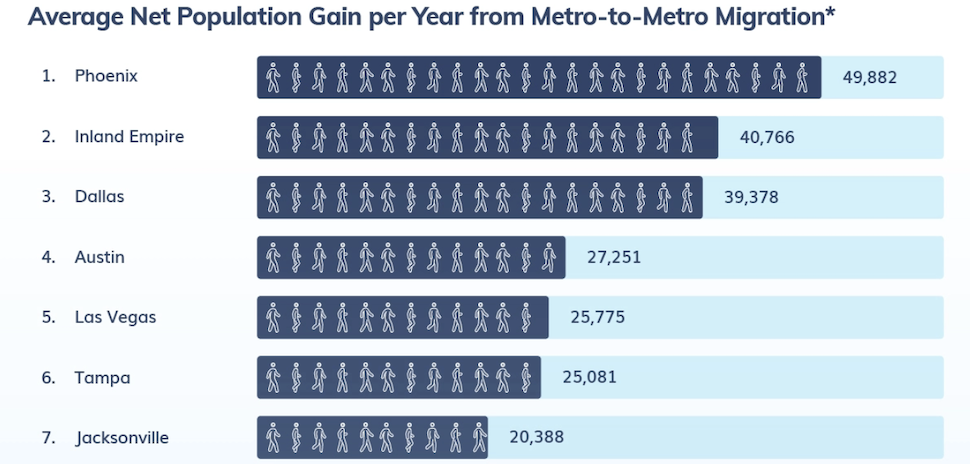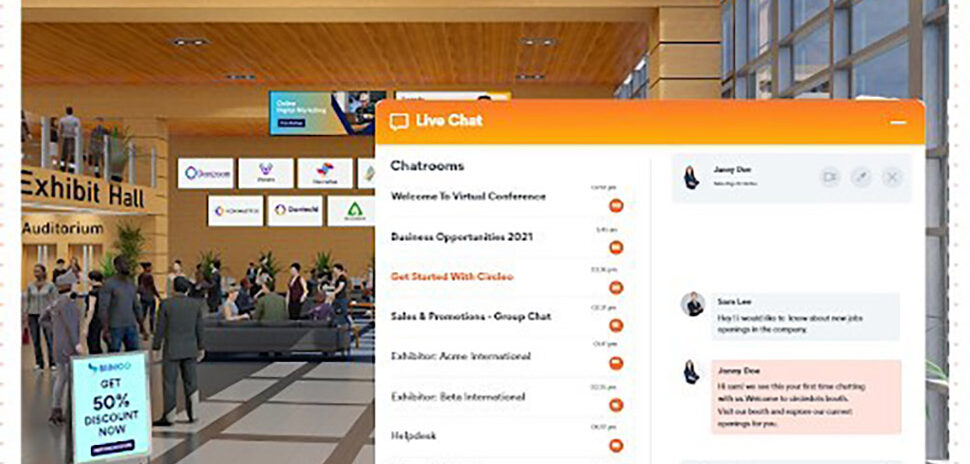Checking vision is as simple as taking a photo in a pilot program aimed at reaching preschoolers in Fort Worth.
Researchers from the North Texas Eye Research Institute at UNT Health Science Center are using a refractometer, a camera-like device that uses infrared light, to capture data on children’s vision in seconds.
“Using these refractometers, we can quickly tell whether they’re near-sided, far-sided; whether they have astigmatism or whether they have amblyopia — all of that within maybe five seconds of the child staring at the camera,”Abe Clark, UNTHSC professor and executive director of the North Texas Eye Research Institute, said in a Read Fort Worth video.
So far, about 1,400 children from 20 schools in the city have been screened by the device, according to UNTHSC.
The goal is to detect vision problems early so they can be corrected and hopefully translate into the child’s better performance in the classroom.
UNTHSC said about 35 percent of the Fort Worth preschoolers tested in the Mobile Vision Screening Program have required further vision care.
“Early literacy cannot happen in the school building alone.”
Kent Scribner
“Early literacy cannot happen in the school building alone,” Fort Worth ISD Superintendent Kent Scribner said in a release. “When we talk about working with the community — that’s not lip service. This collaboration is essential.”
Beyond getting students proper care, the North Texas Eye Research Institute also is gathering information about vision in young children.
“We’re gonna write a scientific study report after this because very little is known about vision and pre-K kids, especially in the Hispanic population. So, we think this will add to the Fort Worth ISD, but to the vision community as a whole,” Clark told NBCDFW last month.
By 2060, the number of Hispanic children affected by vision problems is projected to increase to 44 percent, according to UNTHSC.
That’s why the pilot has focused mostly on neighborhoods with higher Hispanic populations, Clark said in a release.
![]()
Get on the list.
Sign up to keep your eye on what’s new and next in Dallas-Fort Worth, every day.
And, you’ll be the first to get the digital edition of our new Dallas Innovates magazine:
The annual edition publishes in January
![]()






































































